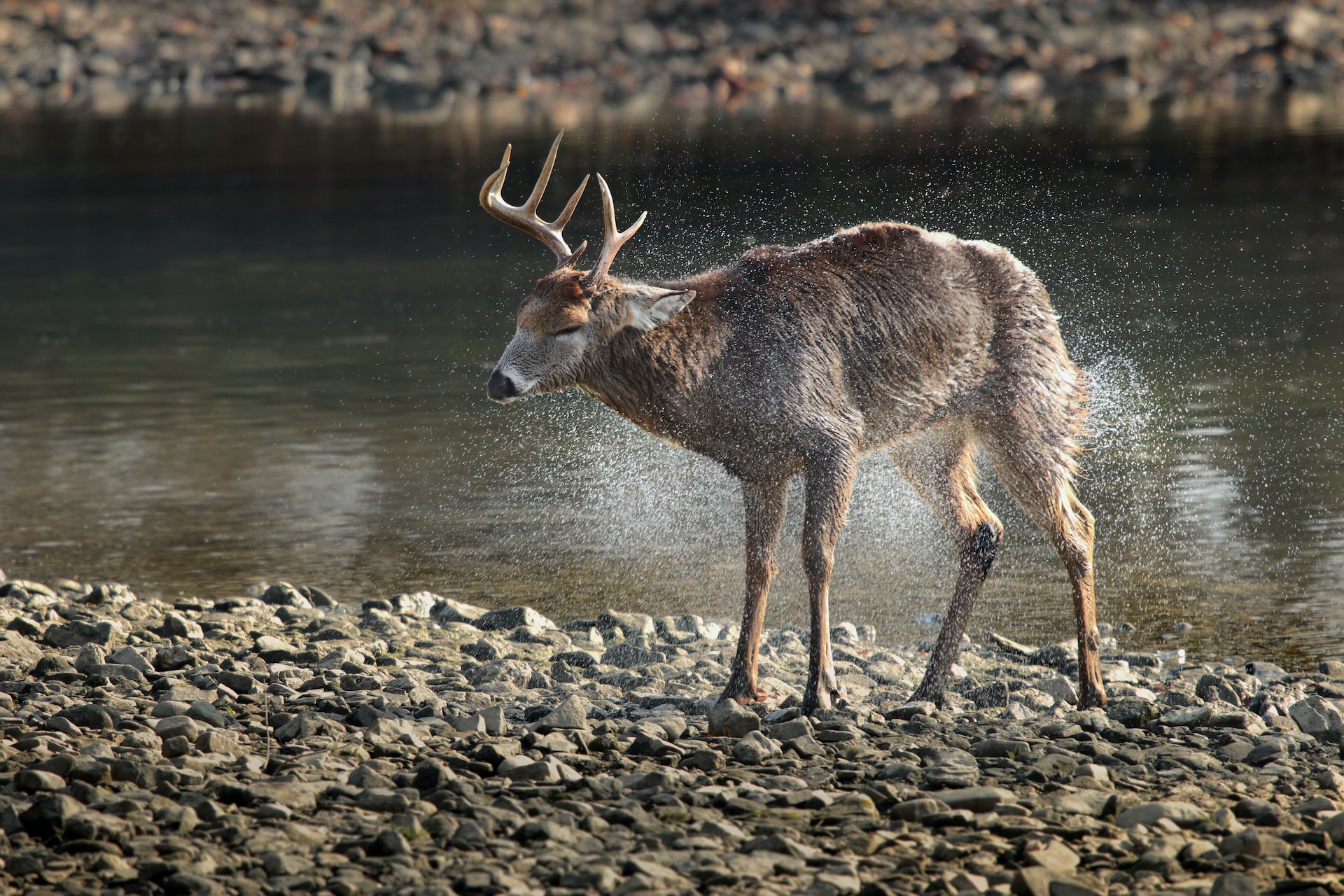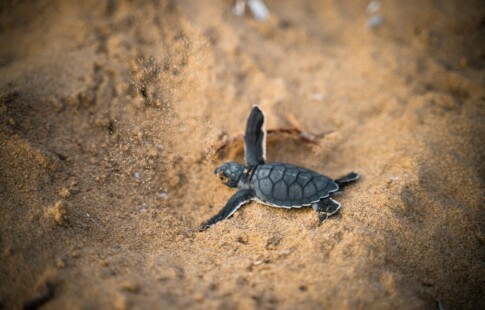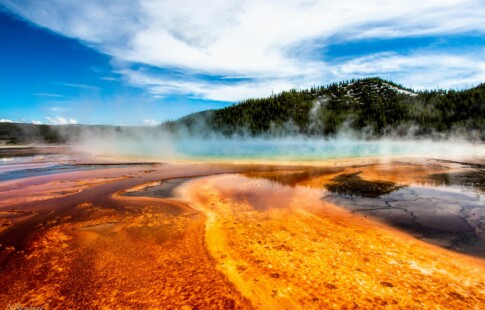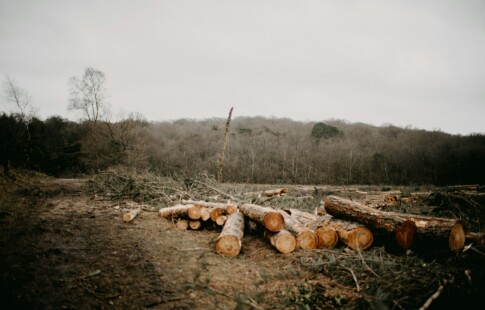
How Sustainable Harvesting Benefits the Deer Population
We are reader-supported. When you buy through links on our site, we may earn affiliate commission.
Many people think of hunting as exclusively bad for a species’ survival — and, in many cases, it is. Hunting endangered animals and overharvesting are obvious issues, as are hunting in the wrong area, hunting out of season, and killing the wrong age or sex of a species. However, there are also cases in which hunting has a positive effect. Here’s how sustainable harvesting keeps deer populations healthy.
Hunting Prevents Deer Starvation
Without predators or hunters to keep them in check, deer populations skyrocket. One classic example found in almost every wildlife management textbook is the case of the Kaibab Plateau.
In the early 1900s, deer hunters embarked on a campaign to kill thousands of wolves, mountain lions, coyotes, and bobcats in Arizona and Utah’s Kaibab Plateau. The goal was to protect blacktail deer for future hunting.
Conservation biology was still in its infancy at the time, and most people believed killing predators was strictly a good thing. Biologists were unaware of the complex interplay between predators and prey.
The results of the eradication campaign were catastrophic. In just 18 years, the blacktail deer population ballooned from 4,000 to over 100,000 individuals on the isolated plateau. No sooner had the deer dominated the landscape than they began to eat every leaf in sight, killing a significant portion of the plants. By the mid-1920s, many of the deer had starved to death, littering the landscape with rotting carcasses.
The Kaibab Plateau story is a microcosm of what happens to deer all over the country. In most places, people have killed off all the animals that would normally prey on deer. For example, the U.S. has just 1-2% of grizzly bears it had in the early nineteenth century, and the bears have lost 98% of their original habitat. Few areas of the country are home to wolves, mountain lions, and coyotes.
Without predators to keep deer populations in check, hunters must step in to do the job. People created this problem in the first place — now, it is our responsibility to correct it.
Hunters Gather Valuable Data
In many cases, state and federal wildlife agencies encourage or even require hunters to report information about their deer harvests. Hunters may report where they shot a deer, how old it was, and whether it was male or female, giving biologists crucial insight into how the local deer population is doing.
This data guides future wildlife management decisions. It helps biologists decide which types of deer hunters should harvest next season and how high the bag limit should be. For example, if the mule deer population in West Texas is too high, Texas Parks and Wildlife can allow hunters to take does next season rather than just bucks.
Many states also have check stations in place where biologists and technicians check harvested deer for chronic wasting disease (CWD). CWD is a fatal condition that spreads easily among deer populations. When hunters bring their deer to check stations, biologists can monitor the progression of CWD across the country, taking steps to prevent further spread.
Hunting Combats Poaching
Because they spend so much time outdoors and know what to look for, hunters are often the first people to notice — and speak up — when poachers are around. While hunters are conservationists who often feel a personal responsibility to protect wildlife, poachers are thieves.
Poachers give hunting a bad reputation. Therefore, hunters are incentivized to report them. By reporting people who take animals out of season, exceed the bag limit, or even kill protected species, hunters are the first line of defense against illegal wildlife harvest.
Hunting Keeps Diseases in Check
Another problem that arises when deer have few natural predators? Disease.
When more deer are living in an area than usual, they come into contact with each other’s feces more frequently. Their droppings can contain larvae from Haemonchus contortus, the barber’s pole worm, which then get into the grass. A deer that eats the grass may get a parasitic worm infection in its stomach. The worms drink the deer’s blood, often leading to anemia and death.
Similarly, chronic wasting disease becomes more prevalent in areas with lots of deer. It is especially problematic when deer are living in a confined space such as a high-fence area or habitat fragmented by urban development. Sustainable harvesting helps prevent the spread of CWD and other fatal diseases.
Hunting Pays for Wildlife Conservation
In the U.S., hunting isn’t free, nor should it be. Hunters must purchase licenses and pay fees to participate in the sport. For example, the federal Migratory Bird Hunting and Conservation Stamp — informally known as the Duck Stamp — is a required license for waterfowl hunting. A full 98% of the profits hunters spend on the stamp go toward purchasing conservation easements to protect wildlife habitat.
Additionally, there is an 11% tax on the guns, archery equipment, and ammunition needed for deer hunting. Thanks to the Federal Aid in Wildlife Restoration Act, also called the Pittman-Robertson Act, this excise tax goes to state wildlife agencies for use in hunter education, conservation projects, and outdoor recreation access. The Pittman-Robertson Act has raised over $14 billion for conservation since 1937.
Many hunters are also members of clubs like the Rocky Mountain Elk Foundation, which has conserved over 7.9 million acres of wildlife habitat since 1984. Organizations that set aside land for conservation help preserve the sport of hunting well into the future.
Full Circle
Much like controlled burns, deer hunting often appears barbaric to the general public but is actually a crucial aspect of conservation. Sustainable harvesting — hunting in a controlled way that follows regulations — keeps deer populations at a healthy level, preventing starvation and disease. Hunters also contribute to conservation by purchasing licenses and equipment, gathering data, and reporting poachers.
Rather than viewing humans as separate from the natural world, it’s time to see ourselves as part of it. Hunting will continue to play an important role in wildlife management. And, in many ways, hunters are more in tune with nature than anyone else.
Share on
Like what you read? Join other Environment.co readers!
Get the latest updates on our planet by subscribing to the Environment.co newsletter!
About the author
Maria Visser
Maria serves as the Assistant Editor of Environment.co. A true foodie and activist at heart, she loves covering topics ranging from veganism to off grid living.





